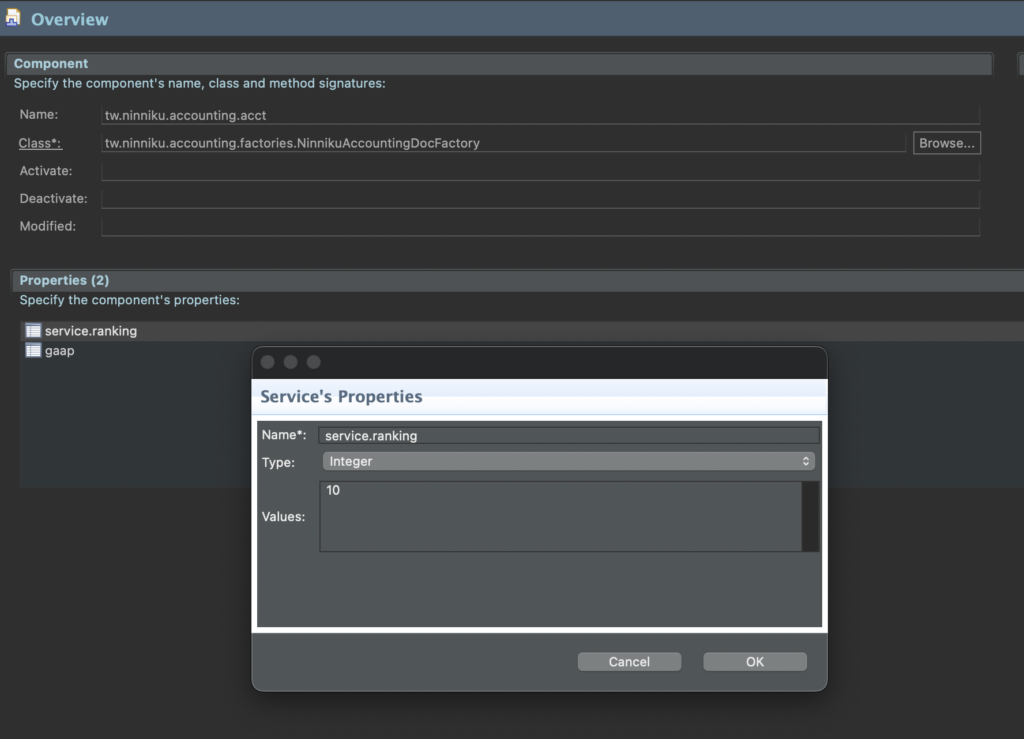In the ever-evolving world of Java development, the OSGi (Open Service Gateway Initiative) framework has been a game-changer, enabling modular and dynamic applications. One crucial feature of OSGi is service ranking, a mechanism that allows developers to control the selection of services when multiple implementations are available. In this blog, we will dive deep into OSGi service ranking, explore its significance, and understand how to use it effectively in your OSGi-based projects.
Understanding OSGi Services
Before we delve into service ranking, let’s briefly recap what OSGi services are. OSGi is a modular framework that promotes a component-based architecture. In this architecture, applications are composed of loosely coupled, reusable components known as bundles. Bundles can offer services, which are Java objects made available for other bundles to use.
OSGi services provide a flexible way for bundles to interact with each other, allowing them to dynamically discover and consume services offered by other bundles. This dynamic nature is what makes OSGi so powerful and suitable for building modular, extensible, and maintainable applications.
The Need for Service Ranking
In a real-world OSGi application, it’s common to have multiple implementations of the same service interface. Consider a scenario where you have different database drivers or logging implementations. When multiple bundles offer services of the same type, how does the OSGi framework decide which one to use?
This is where service ranking comes into play. Service ranking allows you to specify a priority for services of the same type. The OSGi framework will then choose the service with the highest ranking when resolving dependencies.
How Service Ranking Works
Service ranking is determined by an integer value assigned to each service. The higher the integer value, the higher the service’s rank. By default, services have a ranking of zero. You can set the ranking in Component Definition.

